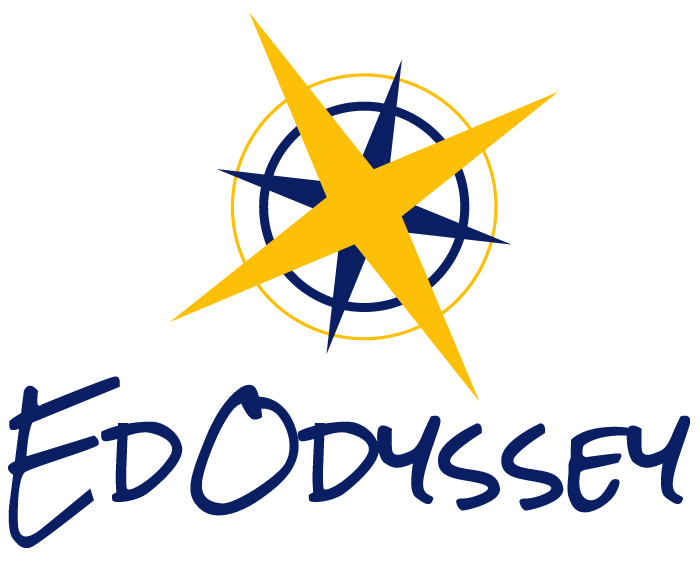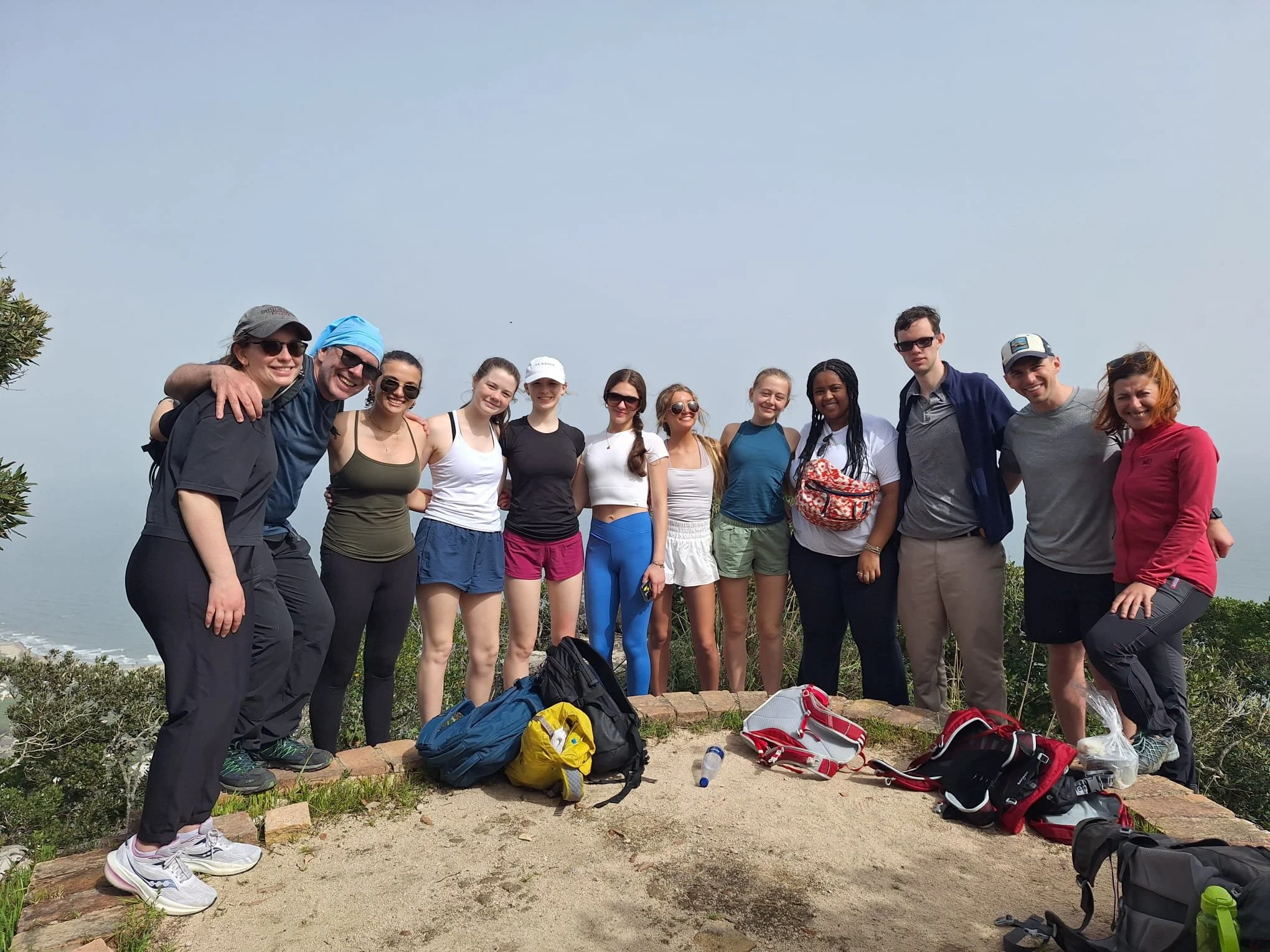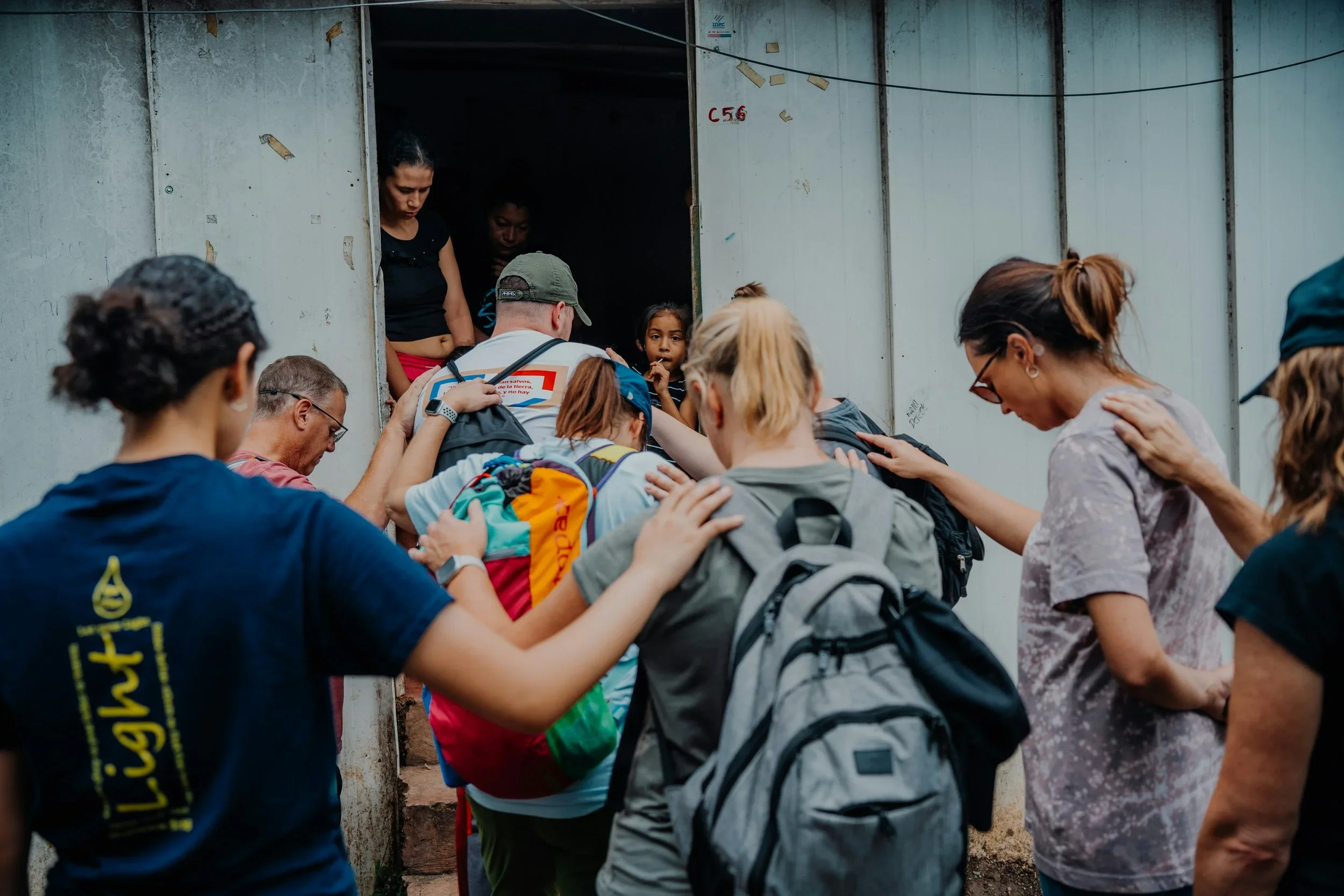Blog
Behind Every Program: The Community Collaborators Who Make Learning Meaningful
Behind every EdOdyssey program are local partners who welcome students into their lives which creates authentic, meaningful learning experiences.
First Year Experience Spotlight: Fall Excursions in New York for Northeastern University’s NY Scholars
We reflect on the impact and transformational power of first-year experiences, highlighting our work with Northeastern University’s NY Scholars this fall.
Study Abroad Scholarships: How EdOdyssey Is Expanding Access to Global Education
We’re proud to be expanding access to educational travel through the EdOdyssey Scholarship Fund this academic year.
What Makes EdOdyssey Programs Unique: The 4P Framework in Action
During International Education Week, we reflect on what makes EdOdyssey programs unique: Our 4P Framework
Study Abroad in Costa Rica: EdOdyssey Expands Educational Travel Opportunities
We’re expanding EdOdyssey’s presence in Costa Rica! Learn more.
Reintroducing EdOdyssey: Purposeful Travel for a Changing World
As the new academic year is underway, we wanted to take a moment to pause and reintroduce EdOdyssey. This is who we are, what we do, and why it matters more than ever.
Search previous blogs here.






